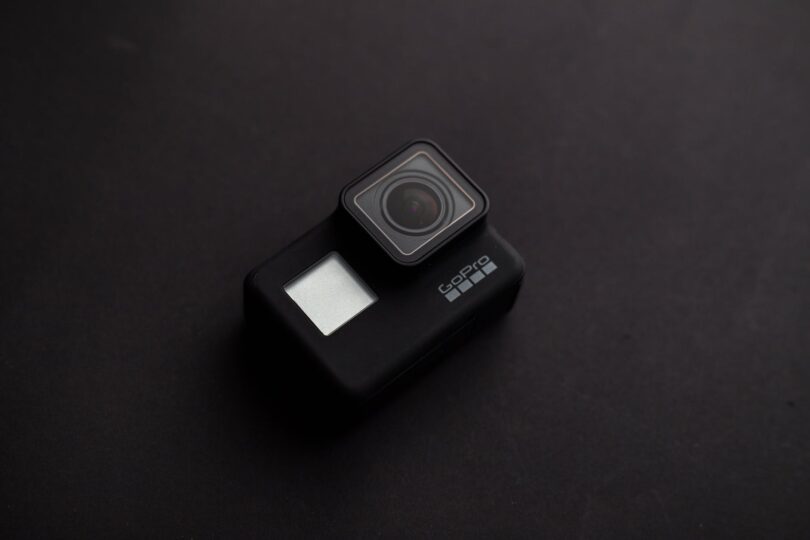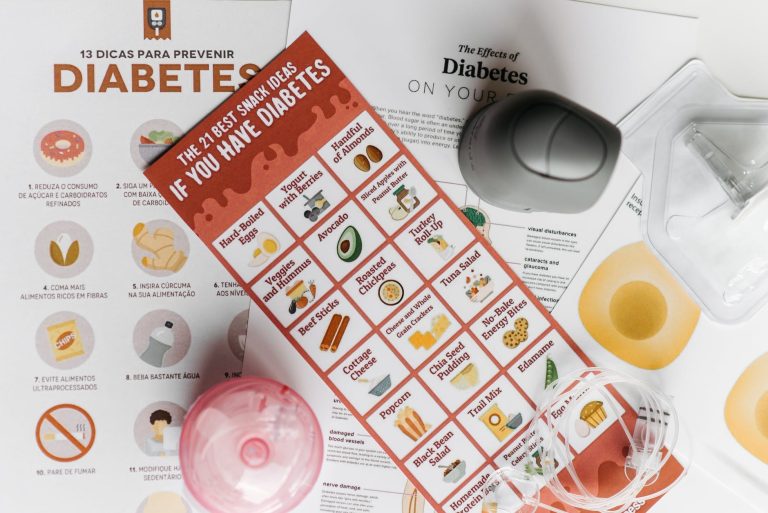GoPro (GPRO) is down 75% since mid-2014 when it had its IPO. There has been a lot of negative sentiment around it and based on the negative returns to the initial investors, rightfully so.
However, it might be a turnaround company and I’ll make my case below.
Up until 2019, the company was mainly selling hardware consisting of cameras and certain accessories around it. Over 90% of their sales were through retail and their gross margin was around 34%.
In the meantime, there have been 2 main changes:
- In March 2023, they launched an app called Quik and they have 221k paid subscribers ($9,99/year), bringing in around $2.2m in revenue that has a higher margin than their old-school business.
- They introduced GoPro subscription, which grew to 1.6m subscribers fairly quickly (130k in 2017, 185k in 2018, 334k in 2019, and 761k in 2020). Why is this relevant? The annual subscription costs $49.99 and without knowing anything else, it seems as they’re adding $80m in revenue (1.6m x $50). Well, not really. The subscription provides the following:
– $100 discount on a new GoPro camera – Wait what? A user pays $50 in subscription and gets a $100 discount? That is a no-brainer! But wait, that’s not all, it also provides:
– Unlimited cloud back-up + auto uploads
– Up to 50% off @ GoPro.com
– No questions asked damage replacement
– Full access to the Quik app
– Share on the go
So, what is the catch?
From a user point of view, they get a lot of value and from GoPro’s perspective, it doesn’t seem to be that profitable as they pay by not only discounting the hardware price but also they have to cover the costs for the rest of what comes with the subscription. In theory, subscriptions are a high-margin segment, but when taking all of this into account, it is clear that we cannot expect the $80m on top of what they’re earning. So, why do they offer this?
- At the beginning, I’ve mentioned the main sales channel in 2019 was retail, with 90%+ of the total sales. As of 2023, retail was 66%, with 34% being DTC (Direct to consumers). As the subscription is offered through the website, more users are opting for it. This means, they’re not paying the “cut” to the retail companies and they can increase the gross margins (2023 – 41% gross margin, while 34% back in 2019)
- As they’re providing a high-value no-brainer package, they are more like to retain the customers. When they need to buy a new camera in 4 years, they would not be considering only the hardware, but also what comes with it (Is there unlimited cloud back-up, is there a damage replacement policy, what about the Quik app substitute?). So, the subscription model (in my opinion), is less about making more money and more about retaining the customers by providing value.
What about the brand?
– The hardware is in a very niche industry (action cameras) and as they’re focused on high-quality, they’re targeting the high-end. Their Hero10 black was the best-selling camera in the US camcorder market.
– They have over 46m social media followers across all platforms (YouTube, Facebook, Instagram)
How does this reflect in the financials?
Their revenue was almost $1.2b back in 2017 and is almost $1.2b now in 2023. So, in the last 5 years, it seems as there were no changes. That’s not fully correct as 2020 was terrible due to the pandemic. The customers buy cameras with the purpose to capture memories while they’re on holiday. Having that in mind, the drop of revenue to $900m was not unexpected.
The rest of the operating expenses have also decreased:
– R&D from 19% of the revenue in 2017 to 12% in 2023
– Sales & marketing from 20% in 2017 to 13% in 2023 (As they have a huge social media presence, they can use that at a lower cost to interact with their customers)
– SG&A from 7% in 2017 to 6% in 2023
Where does that bring the company today?
The company finally had a positive operating margin of 13.5% in 2023! Their free cash flow is a bit over $100m.
What about the financial position (balance sheet)?
The company has half a billion in cash (with a market cap of $1.4b) with debt being below $300m. From a financial health point of view, it is definitely in a good position. In addition, they have around $280m in deferred tax assets (related to valuation allowance) that they can use in the future and pay lower taxes. In my valuation, I’m adding 50% of this as the benefit will come in the future. If we adjust the market cap for the cash, debt, and deferred tax assets, we get to a price of around $1.1b. Not bad for a company with a $100m+ free cash flow.
In addition, in the last earnings release, it was revealed that the management was authorized to buy back shares for $100m.
What could be expected in the future?
My assumptions for the future are as follows:
– Revenue growth 6% in the next year (analysts forecast between 4% and 9%) and then 1.83% (risk-free rate) – This leads to revenue growth of modest 25% in 10 years to $1.4b.
– Operating margin 13.5% in the next year, growing to 14% (long-term operating margin)
– Reinvestment (sales to capital) ratio of 4 – Pretty high for a manufacturing company, but I do not expect them to invest in an additional factory or any heavy equipment. This reinvestment mainly relates to working capital
– WACC 7.5%
Plugging all of this into a DCF, the value per share is $15.95 (price $8.75)
What if the revenue doesn’t grow as fast and what if the operating margin isn’t 14%?
Let’s take a look at a few scenarios:
| Revenue/Op. margin | 12% | 14% | 16% |
|---|---|---|---|
| -10% ($1b) | $11.8 | $13.1 | $14.4 |
| 25% ($1.4b) | $14.2 | $16.0 | $17.7 |
| 50% ($1.7b) | $15.8 | $17.9 | $19.9 |
| 75% ($2b) | $17.4 | $19.8 | $22.1 |
This article is written by u/k_ristovski.




